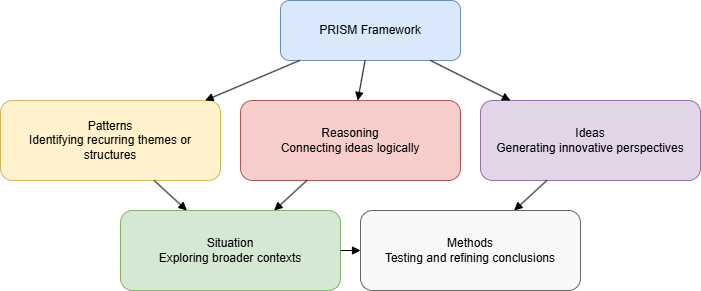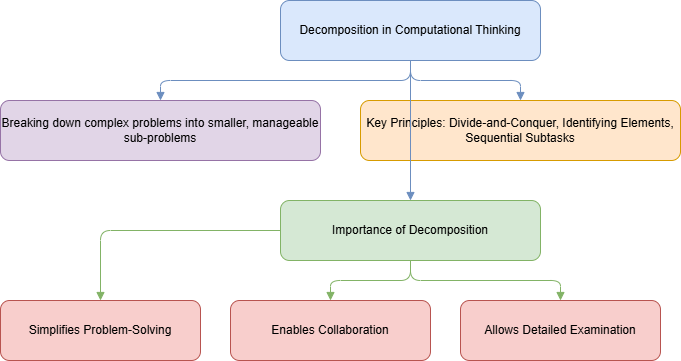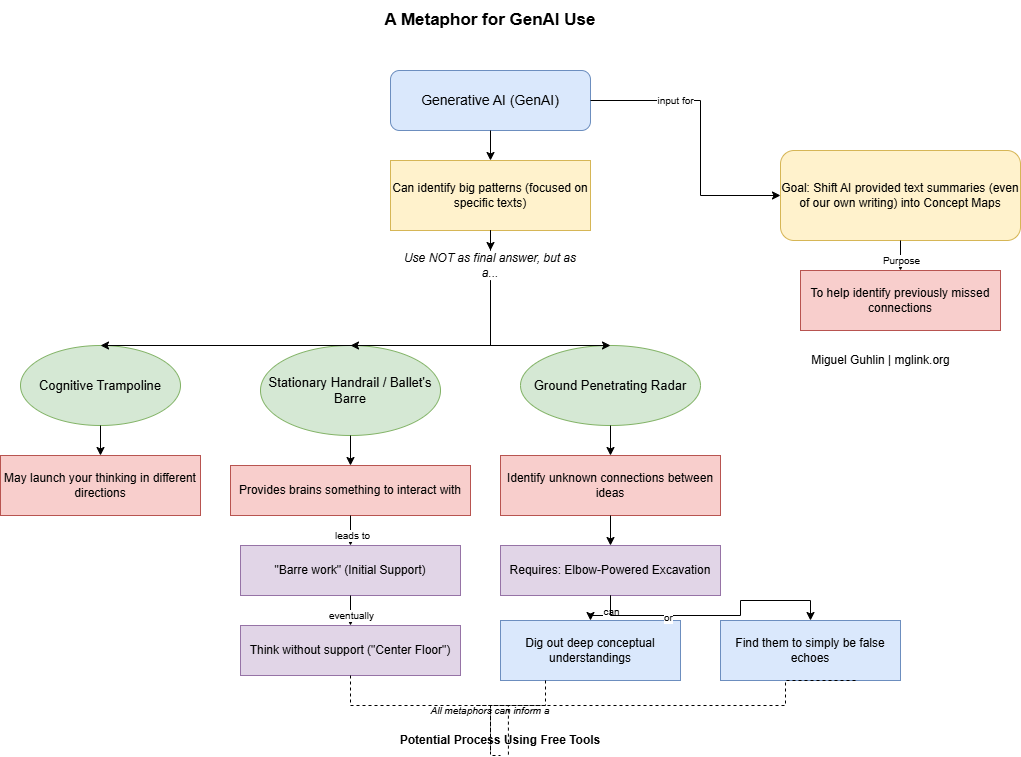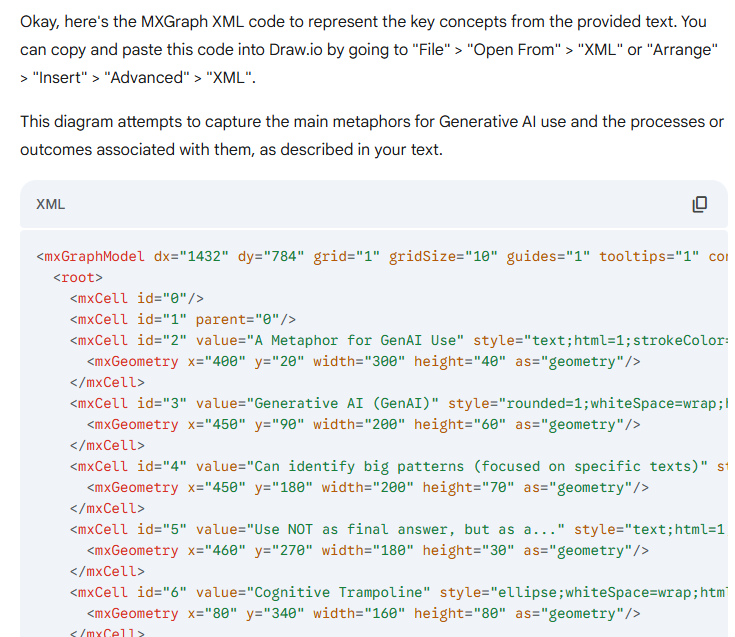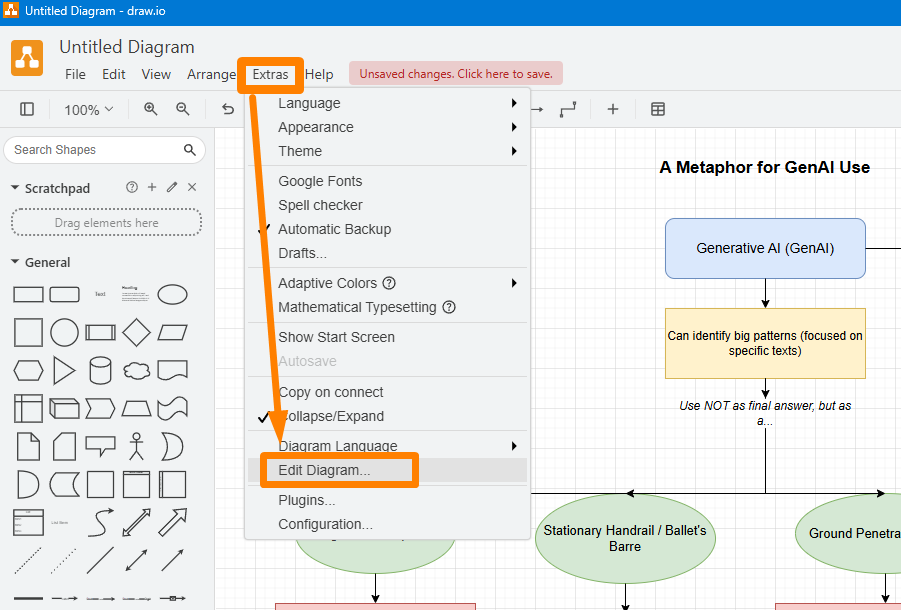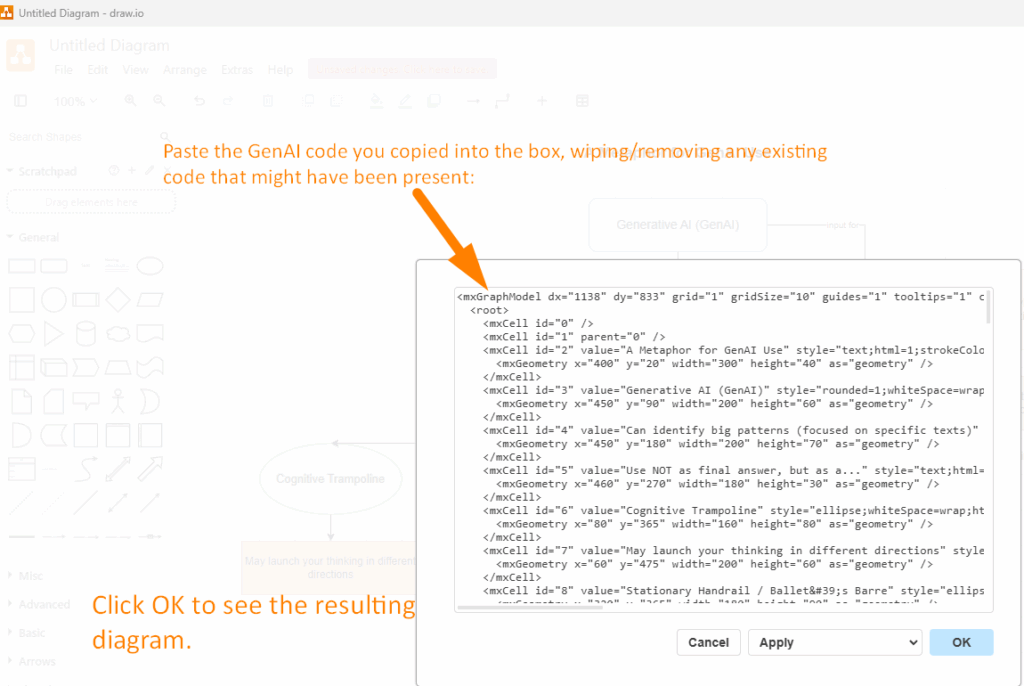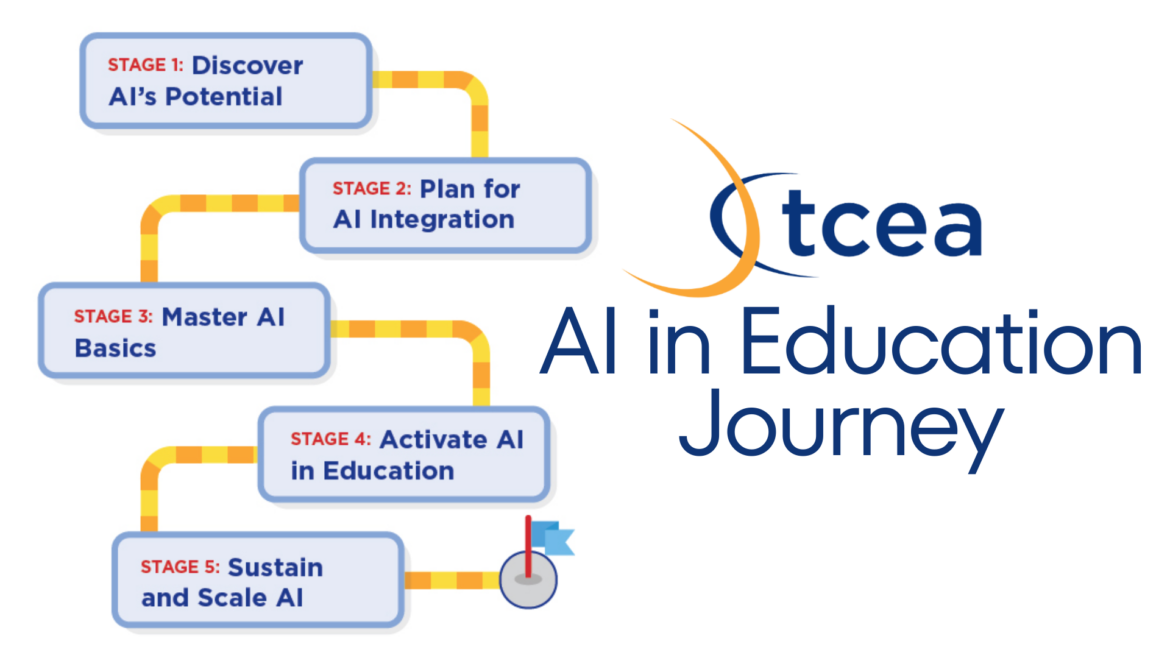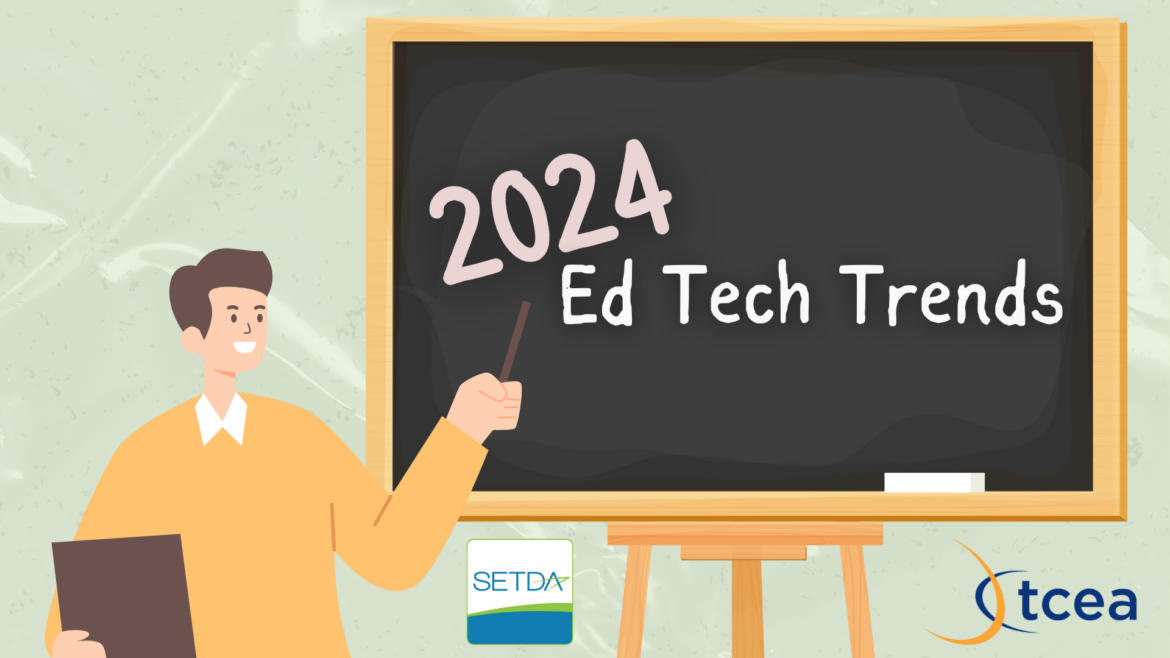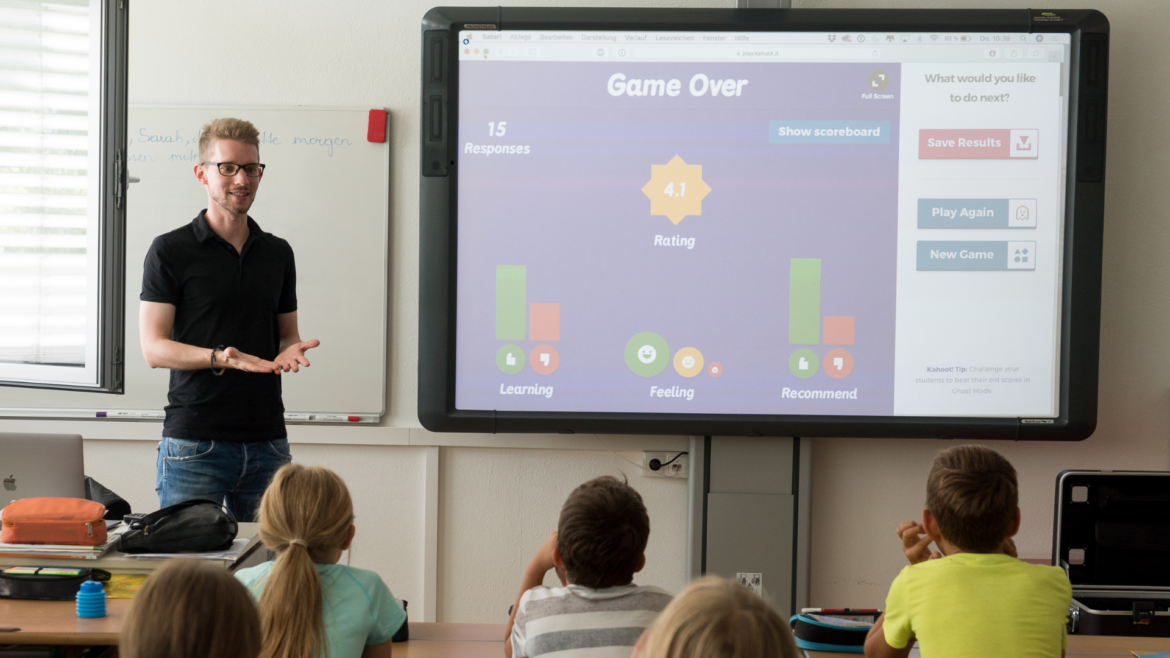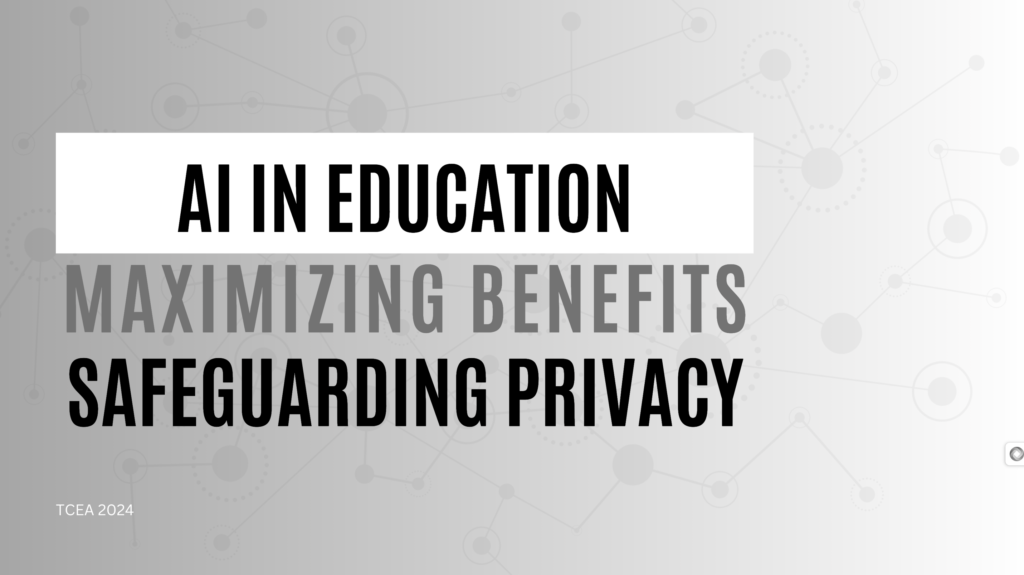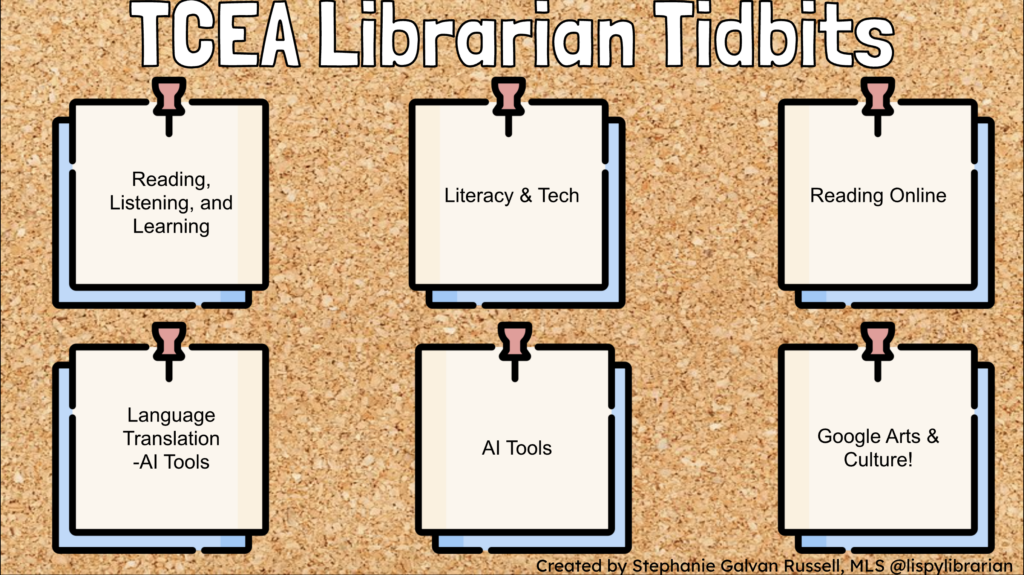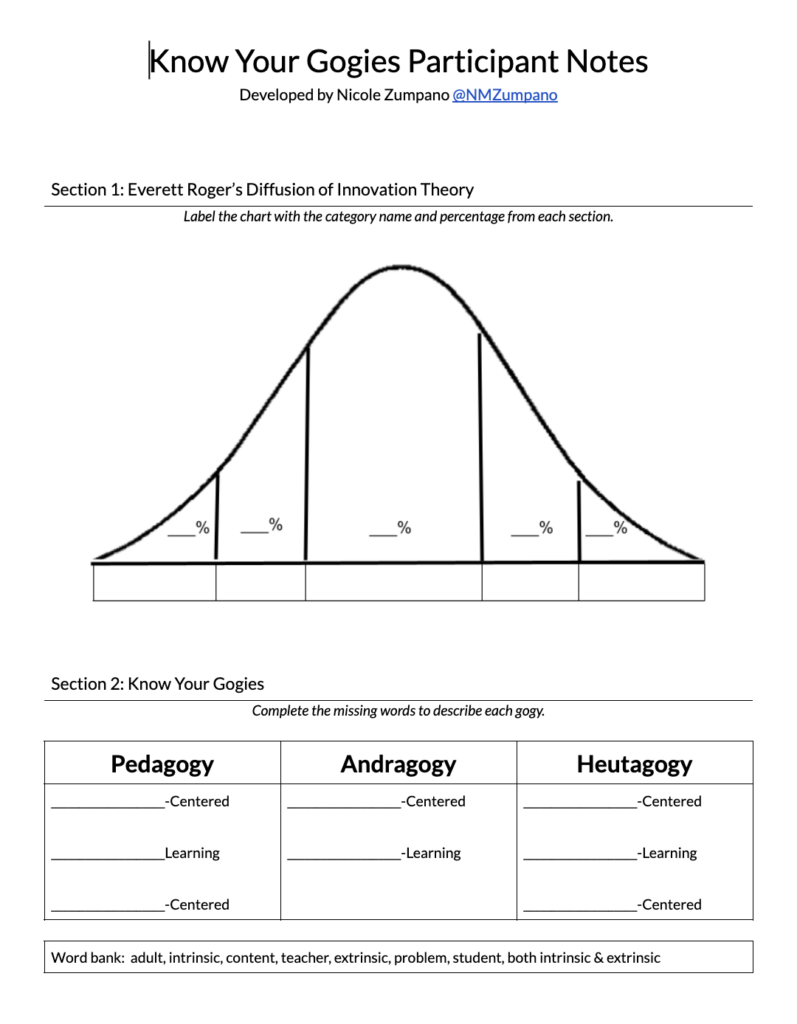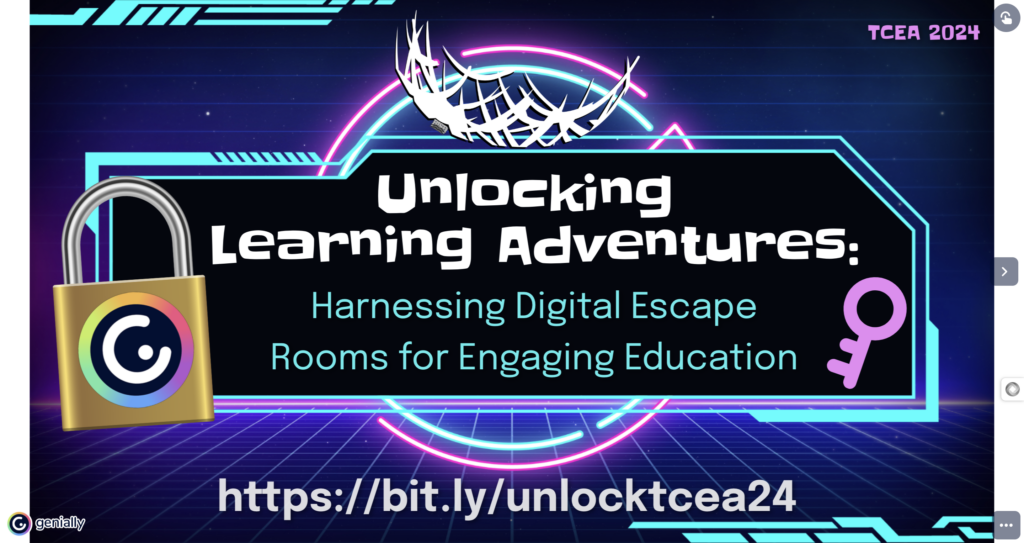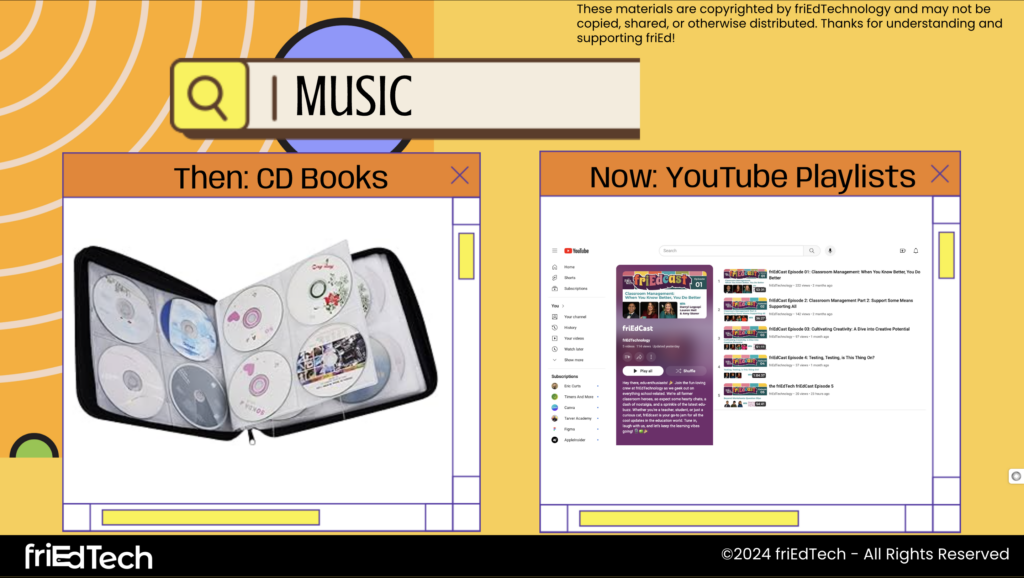Stay updated on the latest education trends. Explore tools, strategies, and insights to keep your teaching and learning practices innovative.
Picture this: Your brightest student, the one who aces every test, sits frozen when asked to design a solution for reducing food waste in the cafeteria. They know their content areas well—reciting facts about nutrition and waste effortlessly—but can’t connect the dots, question assumptions, or propose creative alternatives.
Sound familiar? You’re not alone. And you’re definitely not failing as a teacher.
NOTE: This is part two of a two-part blog series. Click here for part one, which outlines the author’s recommended strategy for transitioning to a deeper thinking-focused way of teaching.
One Story to Illustrate This Strategy in Action

At Riverside Middle School, Sarah Chen was frustrated. Her 7th graders could define democracy but couldn’t explain why their school dress code mattered. So she tried something different.
Instead of assigning a chapter on government systems, she posed a challenge: “Our school is considering a new cell phone policy. You’re the advisory committee. What would you recommend and why?”
What followed was three weeks of engaged learning unlike anything Sarah had seen before. Students researched policies, interviewed administrators, surveyed peers, debated trade-offs, and presented thoughtful recommendations that surprised even the principal.
The result? They learned more about democratic processes in those three weeks than in any textbook chapter they’d ever read.
That’s the power of thinking classrooms.
Your 48-Hour Challenge

Pick one lesson you’re teaching this week and examine it closely. Ask yourself some key questions to reorient your approach . First, consider what you’re truly asking students to think about, rather than just what information you’re asking them to recall. Next, evaluate if you are allowing them the necessary space to grapple with ideas and concepts, as growth comes through the struggle to make sense of information. Finally, determine if you are genuinely interested in what their responses might be.
Then make one small change. Replace one recall question with one thinking question. See what happens.
The Leadership Reality Check
If you’re a school leader reading this, here’s your reality: You can’t mandate thinking. You can’t train it in a single workshop. You can’t measure it with standardized tests.

But you can celebrate intellectual risk-taking over right answers. You can protect time for deep work instead of covering more content. You can model thinking in your own decision-making processes. You can create conditions where teachers feel safe to experiment and learn from their attempts. When you visit classrooms, ask about the thinking you observed rather than focusing solely on student behavior or lesson pacing. Most importantly, resist the urge to rush implementation—thinking classrooms develop through sustained practice, not quick fixes.
Change happens through renovation, not revolution. Start with teachers who are curious. Support their experiments. Share their successes.
The Question That Changes Everything

Here’s what I want you to consider: What if thinking was the curriculum itself?
Not thinking about math, or thinking about history, but thinking as the fundamental skill that transforms how students engage with everything they encounter.
I learned this lesson working with a chief academic officer who had a simple but powerful rule. Whether we were doing staff development with teachers or working directly with students, she would remind us: “Don’t rescue them from their struggle.” She understood that growth came through the struggle to make sense of information and apply it in meaningful ways. When we give students the answer too quickly, we shortcut their learning process.
This principle changes how we see those moments when students look confused or frustrated. Instead of rushing in with explanations, we can ask questions that help them work through their thinking. Instead of providing the solution, we can provide scaffolding that helps them construct their own understanding.
Consider classrooms where students question their own assumptions. Where confusion is celebrated as the beginning of understanding. Where “I don’t know” is the start of inquiry, not the end of discussion. Where learning feels urgent because students see its relevance.
This isn’t wishful thinking. This is what happens when we stop teaching and start facilitating thinking.
Ready to Go Deeper? Your Book Study Guide Awaits

If this post has you thinking “I need to learn more about this,” you’re in luck. I’ve created a comprehensive 10-session book study guide that takes you through “Creating Thinking Classrooms” with practical applications, reflection questions, and accountability built right in.
Perfect for:
- Teacher teams who want to tackle this together
- Individual educators who need structure and direction
- Professional learning communities looking for meaningful work
- Anyone who learns best with a thinking partner (even if it’s just you and the guide)
What you’ll get:
- 10 complete session guides with focused discussion questions and practical applications
- Pre-study self-assessment and goal-setting activities
- “Quick win” activities you can try between each session
- Weekly reflection journal prompts that deepen understanding
- Detailed 30-60-90 day implementation plan with success metrics
- T-TESS alignment guidance for professional evaluation support
- Troubleshooting strategies for common challenges (student resistance, time constraints, parent concerns)
- Progress monitoring tools and success indicators
- Implementation tips for starting small and building momentum
- Final reflection activities including creating your personal teaching manifesto
★📖 Get the complete Book Study Guide here 📖★
Whether you’re going solo or gathering a group, this guide will keep you accountable and help you actually implement what you’re learning (instead of just reading and forgetting).
Your Next Move
Don’t try to transform everything at once. Pick one class, one unit, one lesson. Ask yourself: “How can I make this more about thinking and less about knowing?”
Then try it. Learn from what happens. Adjust. Try again.
Here’s the reality: Our students don’t need more information. They need more opportunities to think deeply about the information they already have access to.
The world doesn’t need better memorizers. It needs better thinkers.
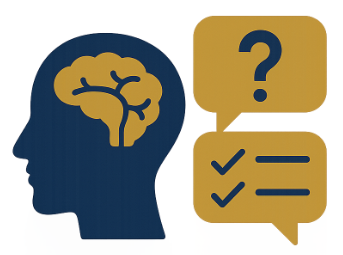
Not ready to dive into a book study right now? No problem! You can download my Critical Thinking Prompts by Content Area PDF to help you quickly add deeper thinking to your lessons, no matter what subject you teach.
What’s one thing you’ll try differently this week?
Share your experiments in the comments below. Let’s build a community of educators who prioritize thinking over knowing.
This post was inspired by “Creating Thinking Classrooms: Leading Educational Change for This Century” by Garfield Gini-Newman & Roland Case (Corwin, 2018). You can find the book through your local library, bookstore, or online retailers. Ready to transform your classroom? Grab the book and use the study guide above as your roadmap.











